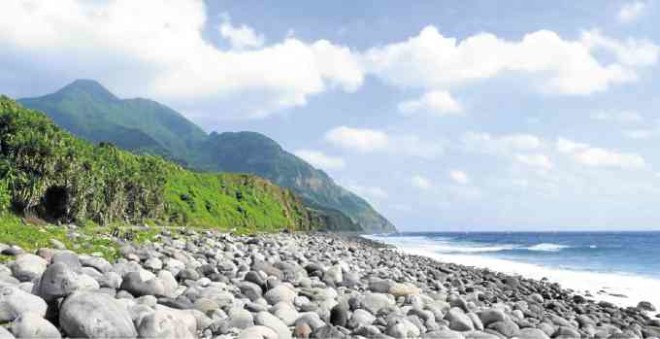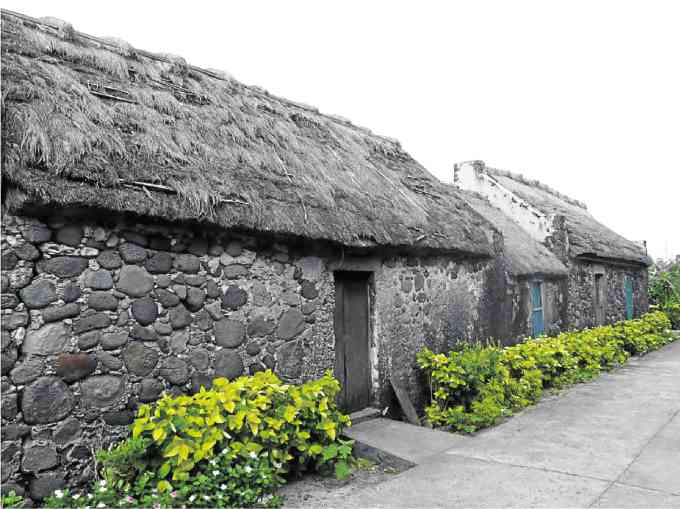Compared to houses with galvanized iron roofing damaged by Supertyphoon “Ferdie” (international name “Meranti”) in September, the Ivatan traditional houses with cogon roofs survived the onslaught of one of the strongest tropical cyclones to hit the country this year.
Making a direct landfall on Itbayat island, with maximum sustained winds of 255 kilometers per hour, Ferdie wrought havoc in the province, prompting a declaration of state of calamity from the national government.

—PHOTOS BY IVAN HENARES
Batanes, known to be storm-resilient, recorded zero casualty.
The resiliency of the traditional houses in the recent storm was lauded by cultural-heritage workers.
The compact-house technology as well as the cogonal roof had been developed for a very long time, said Marian Pastor Roces, co-author of “A Delicate Balance: Batanes Food, Ecology and Community.”
“We’re not saying that anything modern is wrong, but what we’re saying is that it probably has not been developed with as much time. Everything that you see in Batanes was developed overtime,” she said.
“If you can see that, then there’s maybe a way of understanding it’s not just design; it’s actually the social collective and it’s an understanding of the society inside an ecosystem,” she added.

One of those houses that survived is the ancestral home of former Education Secretary Fe Hidalgo in Ivana town.
In an interview with the Inquirer, Hidalgo echoed the idea that the Ivatan traditional knowledge of the environment and how they properly adapted it was the reason for the resilience of the cogon-roofed houses.
“I think they [ancestors] were very intelligent when they started building those because they knew how to protect the house from the strong winds that came,” she said. —CONTRIBUTED














































